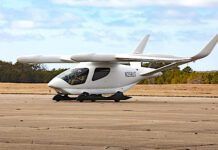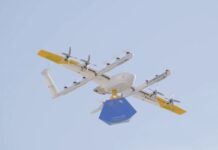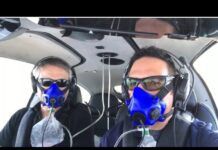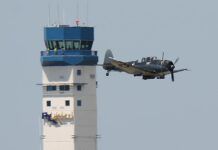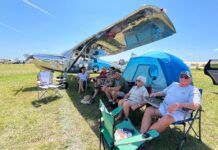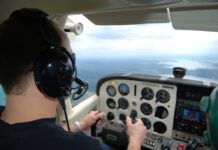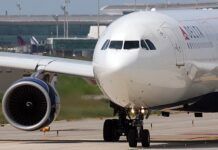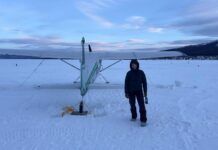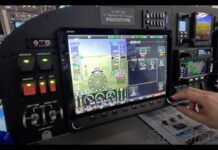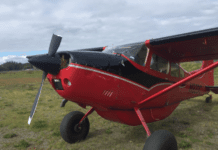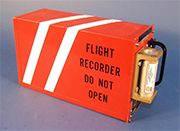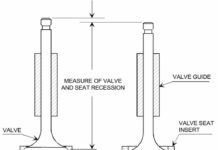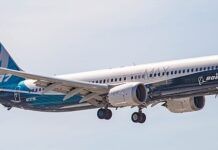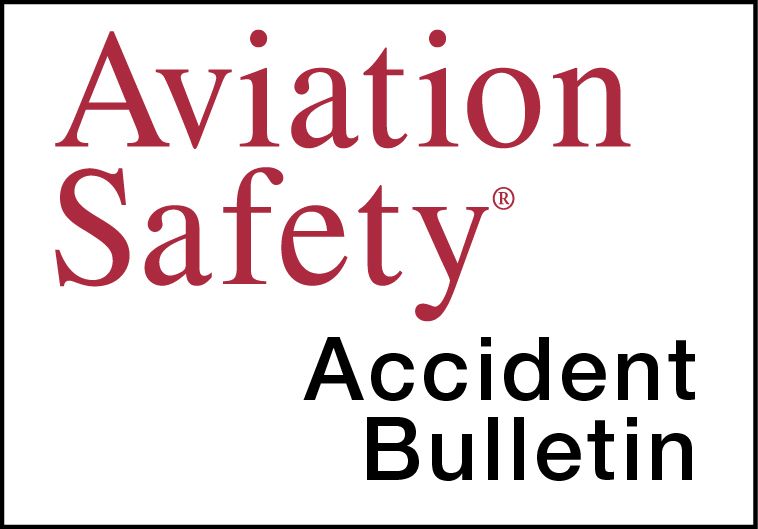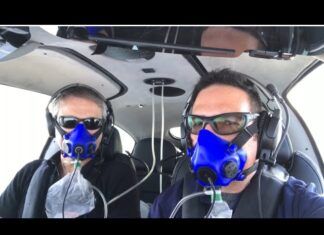AVweb’s General Aviation Accident Bulletin is taken from the pages of our sister publication, Aviation Safety magazine. All the reports listed here are preliminary and include only initial factual findings about crashes. You can learn more about the final probable cause on the NTSB’s website at www.ntsb.gov. Final reports appear about a year after the accident, although some take longer. Find out more about Aviation Safety at www.aviationsafetymagazine.com.
May 1, 2021, Hutchinson, Kan.
Beech 23 Musketeer
At 0925 Central time, the airplane settled into terrain shortly after takeoff, sustaining substantial damage. The pilot received minor injuries; the three passengers were uninjured. Visual conditions prevailed for the Young Eagles flight.
During takeoff, the pilot later reported, the airplane would not climb higher than treetop level. The airplane settled and collided with terrain.
May 1, 2021, Lakeland, Fla.
Beech A36 Bonanza
The airplane was destroyed at about 1428 Eastern time when it impacted obstacles and terrain during an attempt to land after engine failure. The private pilot was seriously injured and the pilot-rated passenger was fatally injured. Visual conditions prevailed.
The accident flight departed a nearby airport at about 1420 and flew toward the Lakeland (Fla.) Linder International Airport (KLAL). As the airplane approached the airport, ATC warned the pilots about their altitude—800 feet MSL. One of the pilots responded by advising of the engine failure, after which the flight was cleared to land but failed to reach the airport. The airplane’s last ADS-B data point was about 0.68 NM and 092 degrees from the approach end of Runway 27 at KLAL.
May 2, 2021, Oxford, Iowa
Cessna T210M Turbo Centurion
At 1552 Central time, the airplane was destroyed when its pilot apparently lost control while attempting to recover from a bounced landing. The pilot was fatally injured. Visual conditions prevailed.
A witness reported the airplane touched down and bounced, with the right wing lifting up to an estimated 45-degree angle. The airplane’s wings leveled, and it bounced a second time before landing. The airplane then exited the runway surface to the left, and entered a harvested corn field. The witness then heard the engine rpm increase to full power as the airplane attempted to take off from the field. It struck a power pole and power line near the corner of the field instead.
May 4, 2021, Hattiesburg, Miss.
Mitsubishi MU-2B-60 Marquise
The airplane was destroyed at about 2305 Central time when it collided with a residence while executing an instrument approach. The pilot and two passengers were fatally injured, as was an occupant of the residence. Instrument conditions prevailed, and the flight operated on an IFR flight plan.
After being cleared for the approach, the airplane flew to the initial approach fix, performed the procedure turn and flew a portion of the final approach course. The last ADS-B data point was recorded at 2300, about 1.6 miles northwest of the accident site, at 1475 feet MSL. The residence was about 2.2 miles from the runway.
According to his training facility, the pilot completed a flight review in the accident airplane on November 13, 2020, and completed Advisory Circular 91-89 approved MU-2 recurrent training on November 14, 2020.
May 5, 2021, Ridgeland, S.C.
IAI Gulfstream G150
At about 1033 Eastern time, the airplane was substantially damaged when it failed to stop on the runway after landing. The two pilots and three passengers were not injured. Visual conditions prevailed.
The pilot later said the airplane touched down normally, about 700 to 1000 feet beyond the runway threshold at between 120-128 knots. He applied brakes and thrust reversers but did not observe an indication that the spoilers deployed. He further recalled that the brakes and thrust reversers were not slowing the airplane. He increased thrust reverser input and asked the copilot to apply “full brakes.” The airplane subsequently overran the departure end of the runway, traveled through the grass and coming to rest in a wetland marsh.
This article originally appeared in the August 2021 issue of Aviation Safety magazine.
For more great content like this, subscribe to Aviation Safety!




